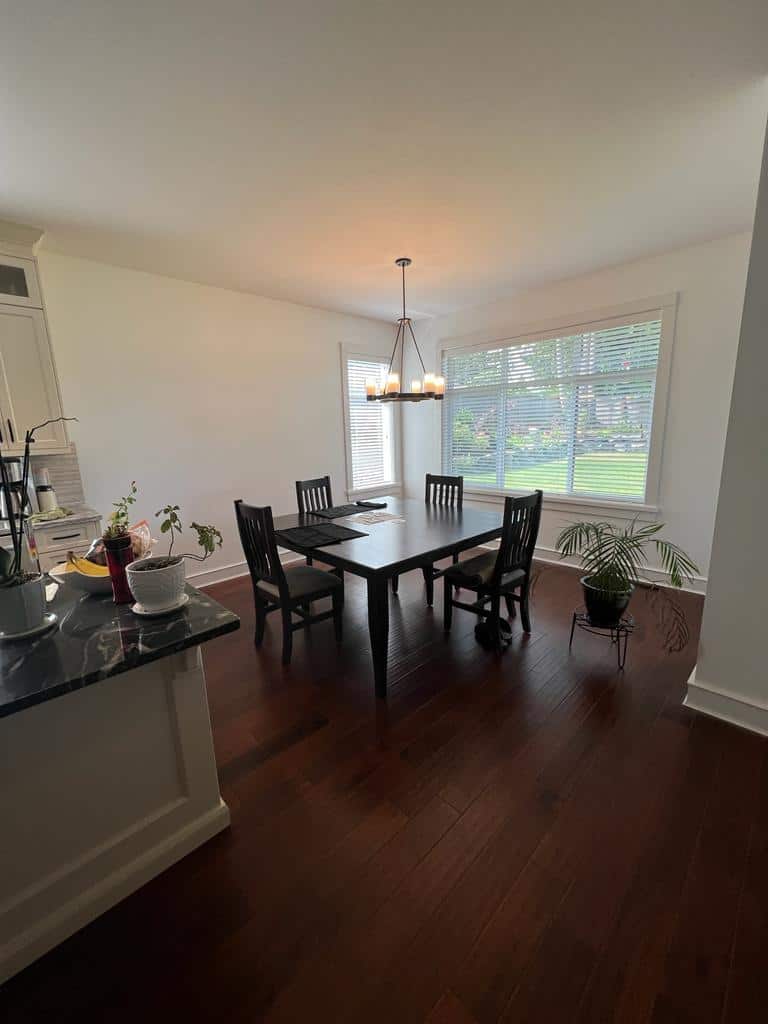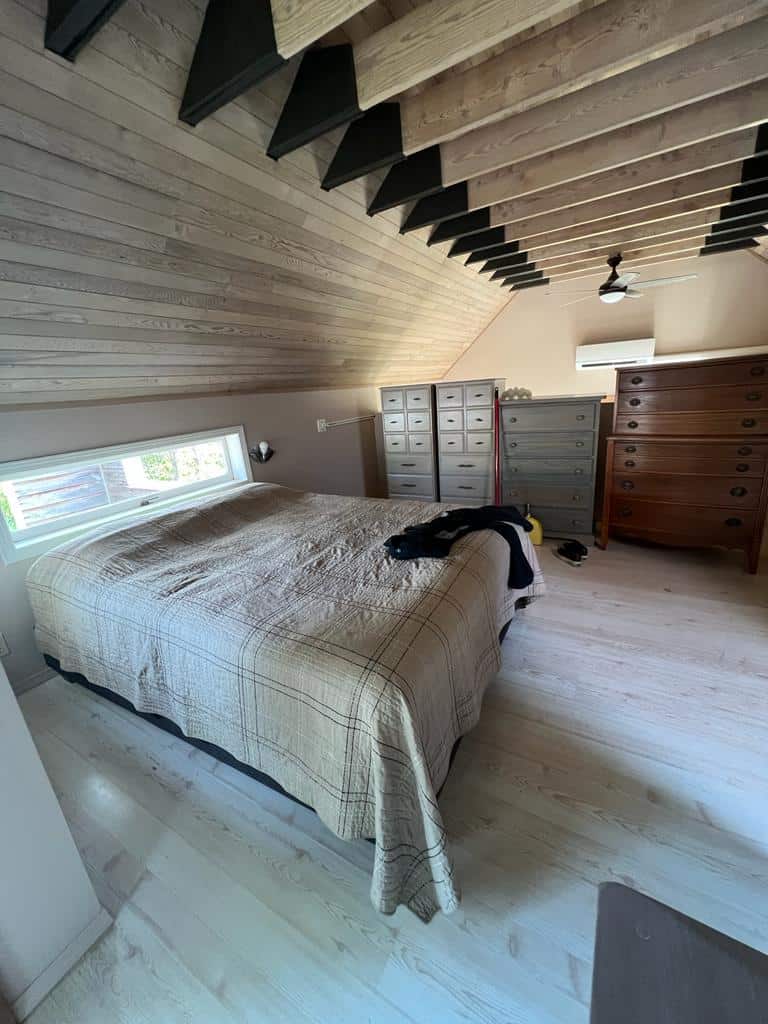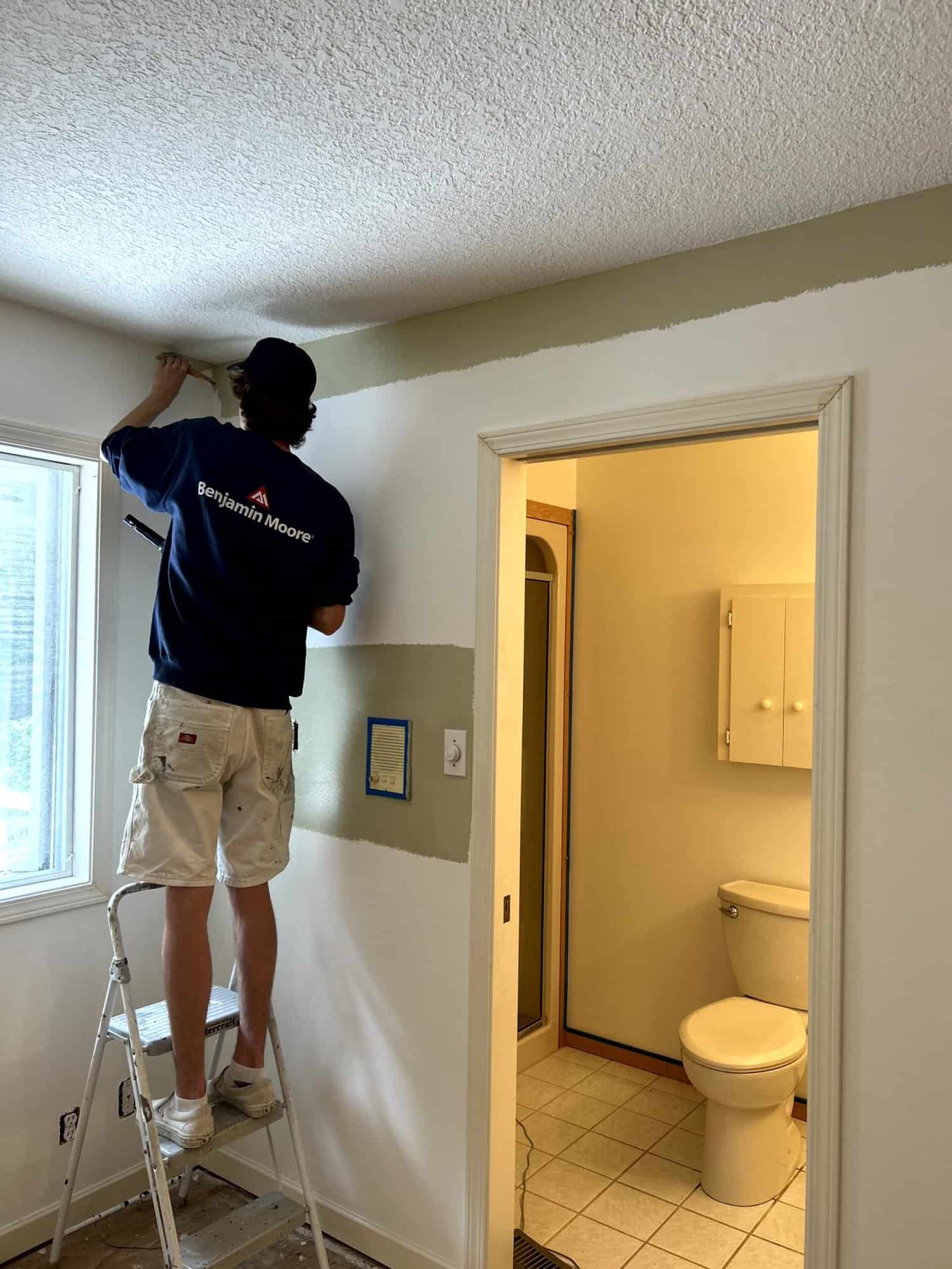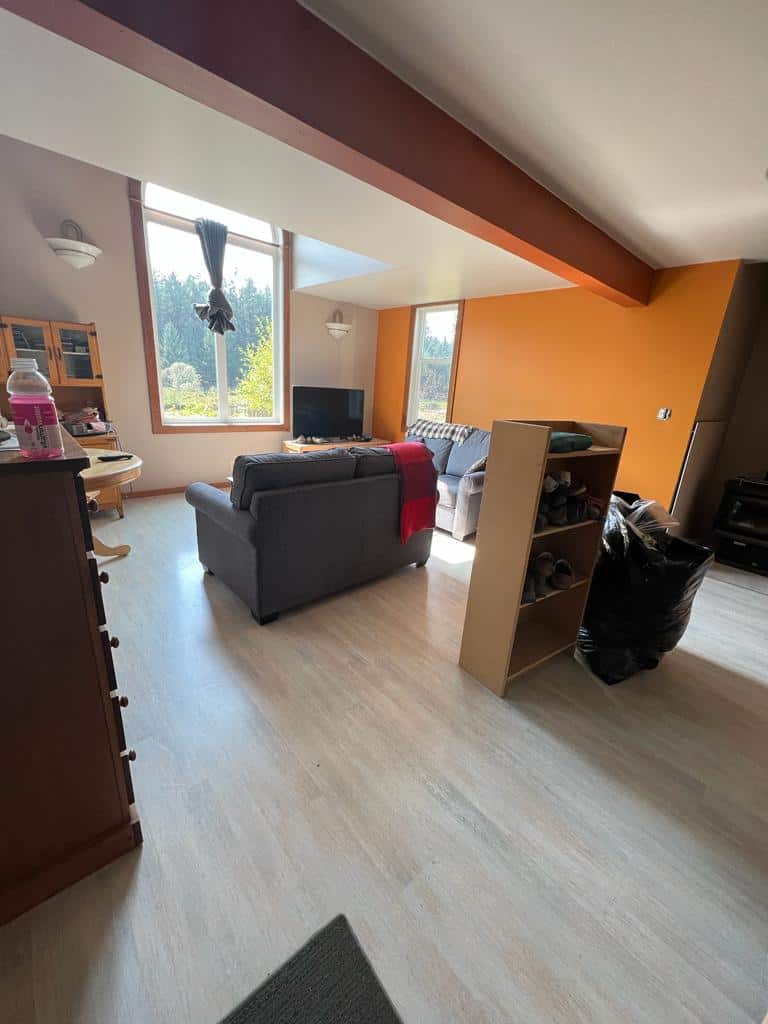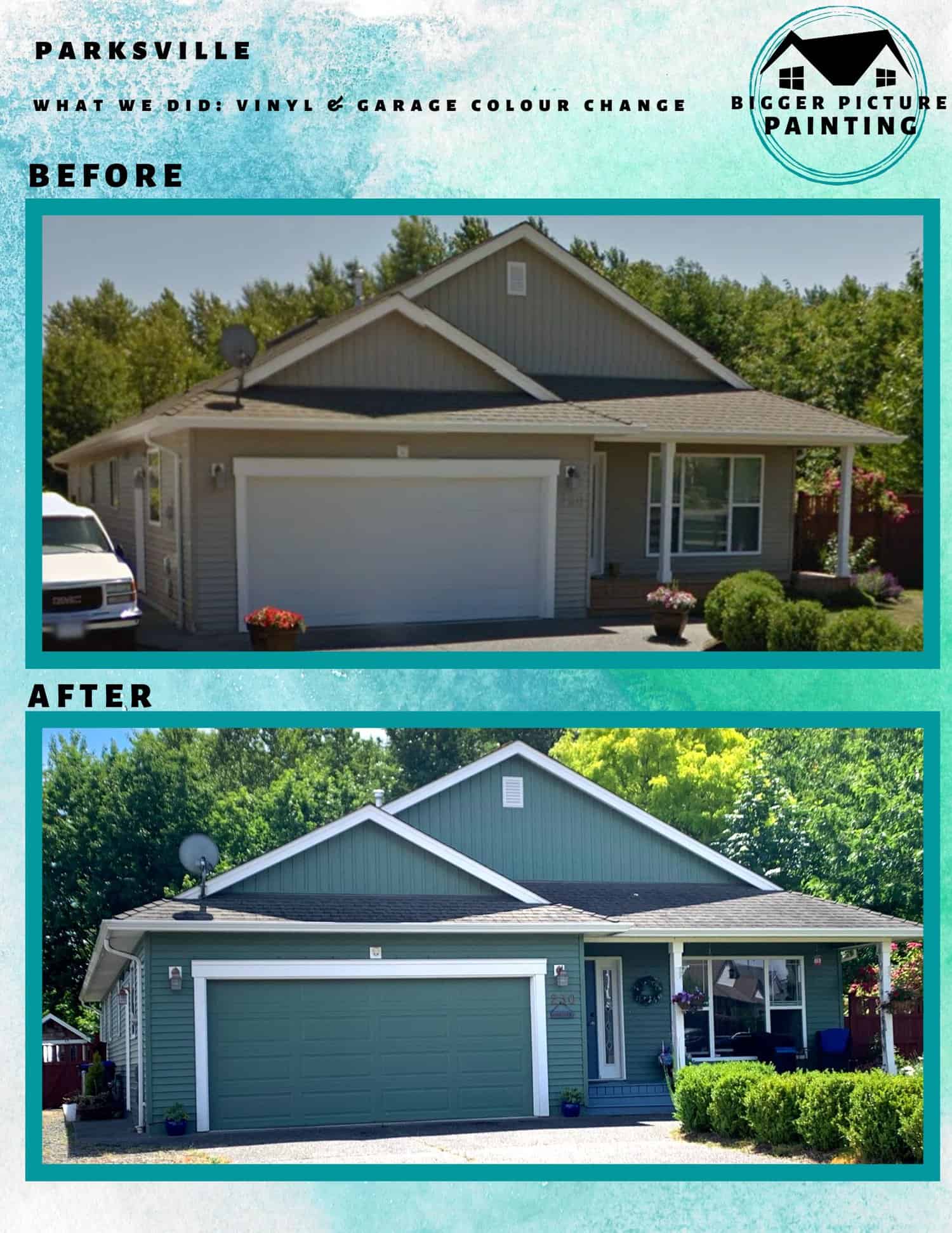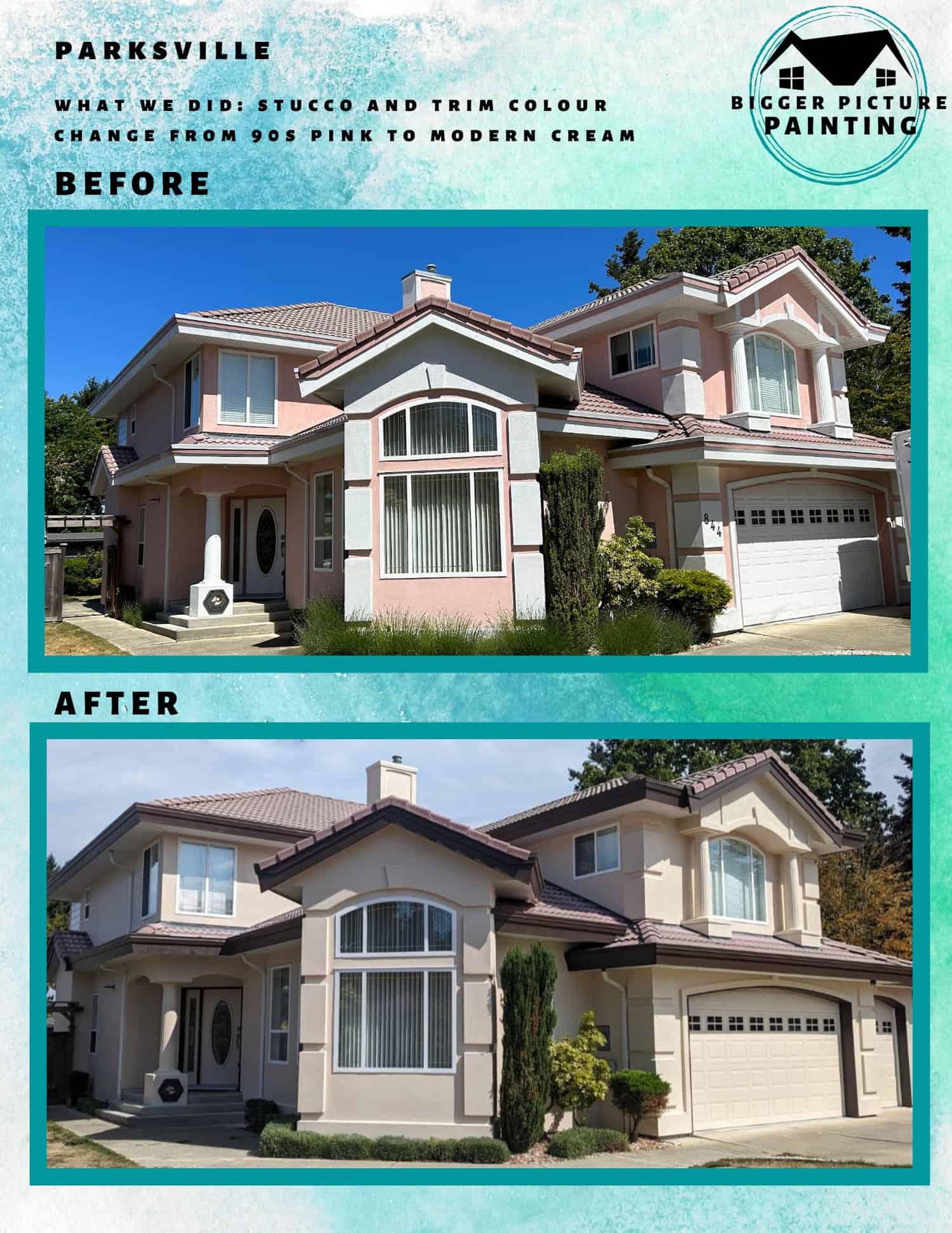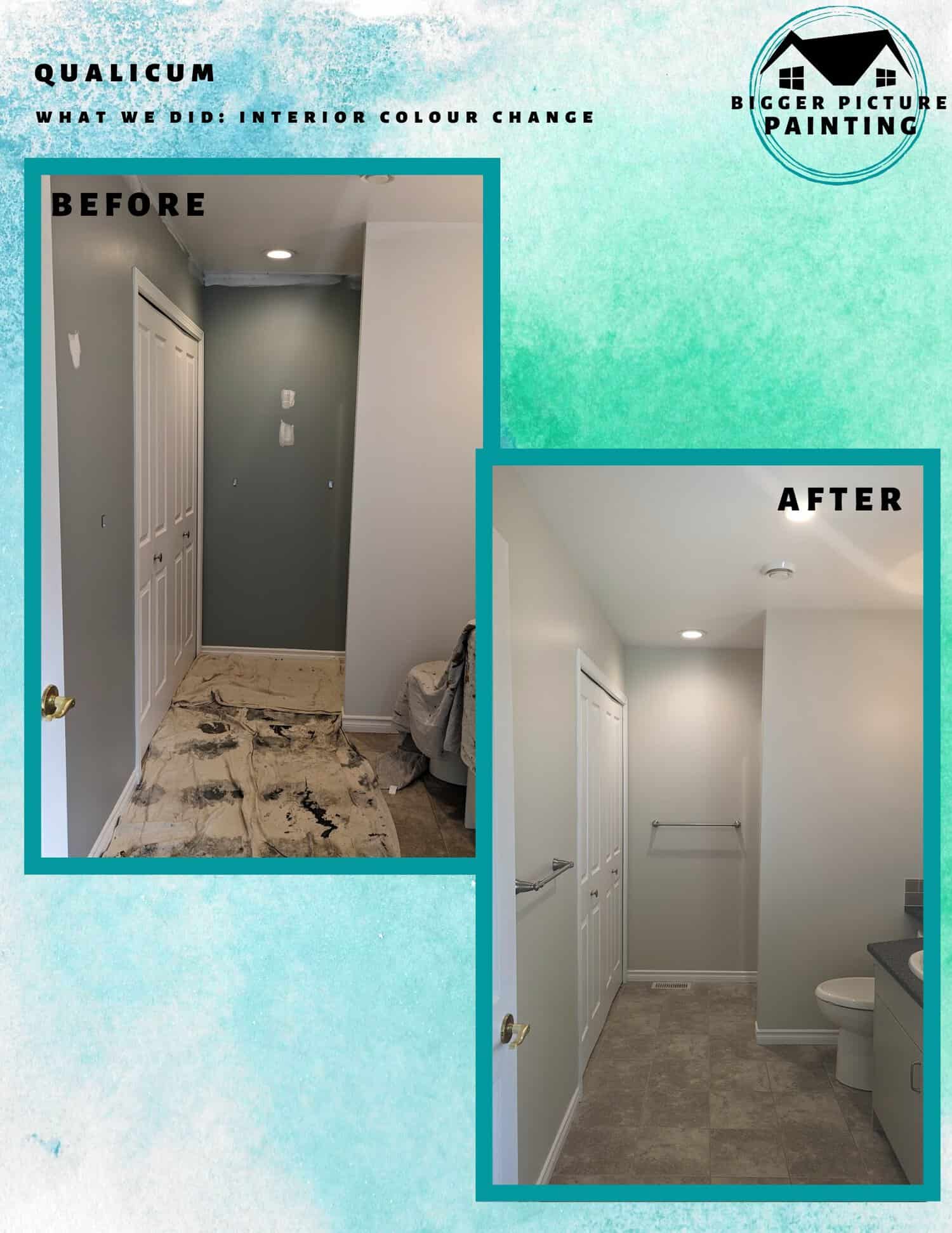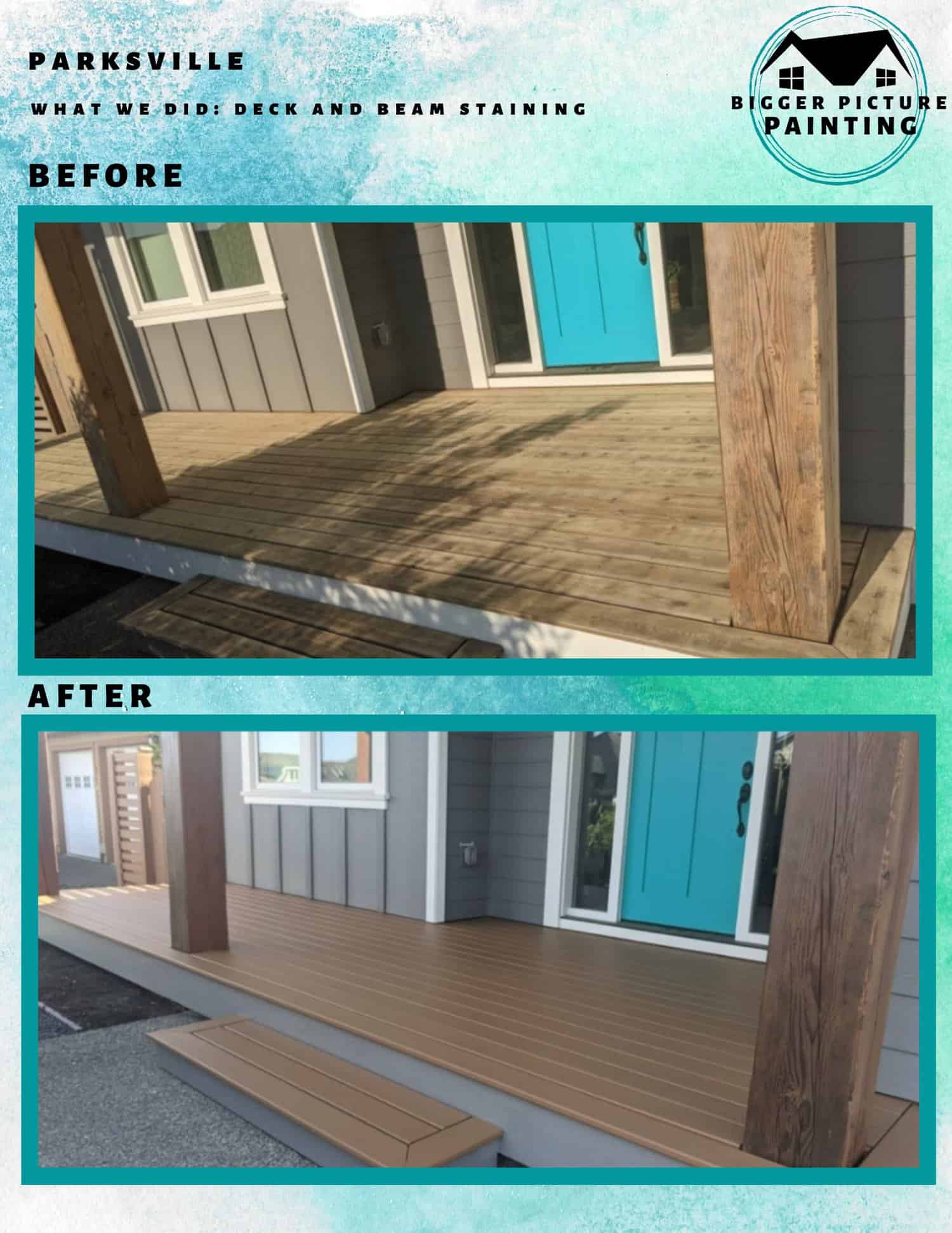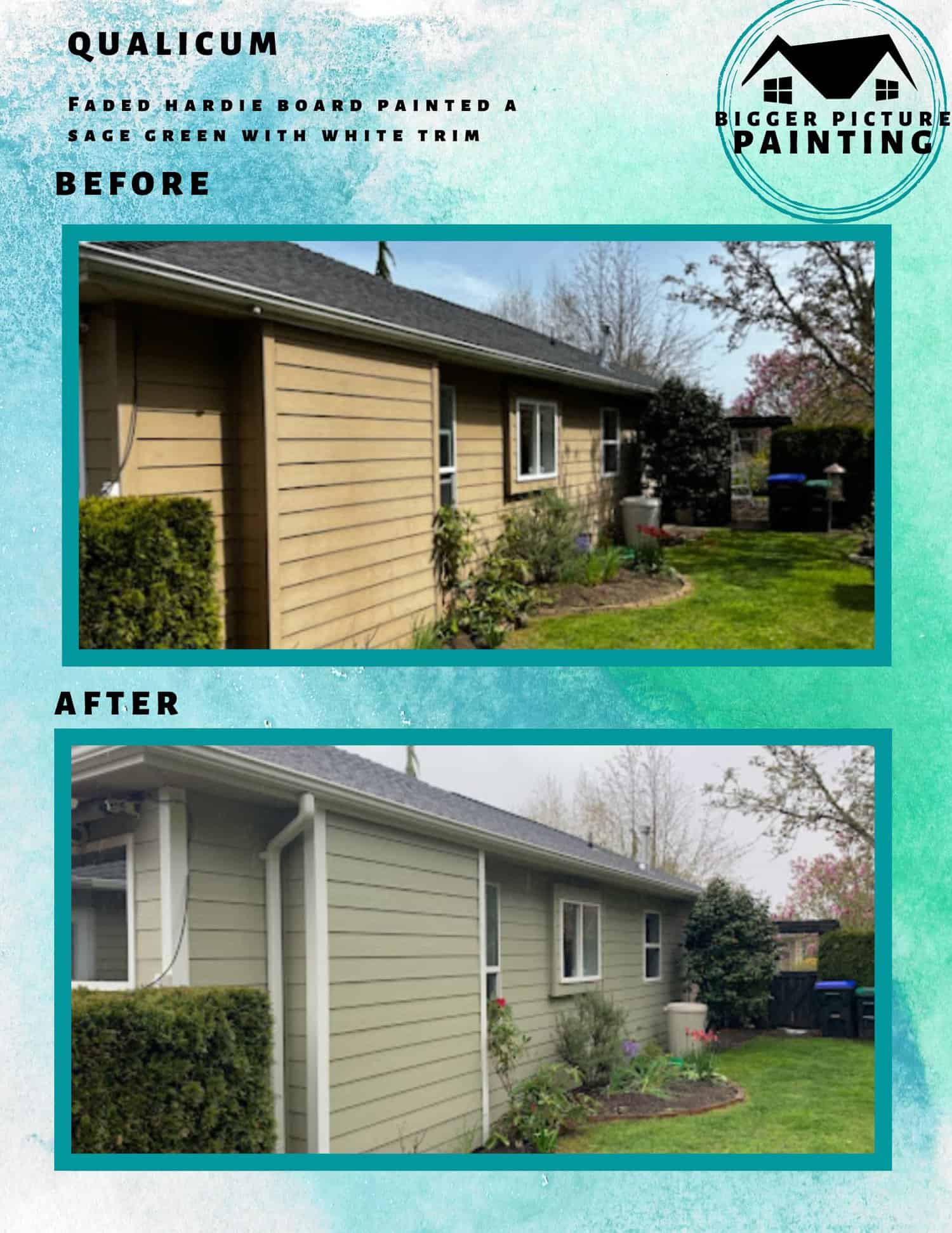Many homeowners focus on color and finish when choosing paint, but few consider how it affects indoor air quality. Traditional paints release volatile organic compounds (VOCs), which can linger in your home for weeks or even months. These chemicals contribute to poor air quality, cause unpleasant odors, and may lead to long-term health issues.
This guide explains what VOCs are, their effects on health, and how to choose safer, low-VOC paint options to create a healthier home environment.
What Are VOCs and Why Do They Matter?
Defining VOCs in Paint
Volatile Organic Compounds (VOCs) are chemicals that evaporate at room temperature, releasing gases into the air. In paint, VOCs are found in solvents, binders, and drying agents, helping with application, adhesion, and durability.
Common VOCs in paint include:
-
Formaldehyde – A known carcinogen that can cause respiratory irritation.
-
Benzene – Found in some paint thinners, linked to neurological effects.
-
Toluene & Xylene – Can cause dizziness, headaches, and nausea.
-
Acetone – A strong solvent that evaporates quickly but contributes to poor indoor air quality.
Why Are VOCs Harmful?
Once paint dries, VOCs don’t just disappear. They continue to off-gas, mixing with indoor air and accumulating over time. Poor ventilation worsens the problem, especially in homes with sealed windows and limited airflow.
Health risks of VOC exposure:
-
Short-term: Headaches, nausea, dizziness, eye and throat irritation.
-
Medium-term: Increased asthma attacks, allergic reactions, and respiratory issues.
-
Long-term: Neurological damage, liver and kidney issues, potential links to cancer.
Sources of VOCs Beyond Paint
Paint isn’t the only culprit. Many common household items release VOCs, compounding exposure.
-
Cleaning products – Disinfectants, air fresheners, aerosol sprays.
-
Furniture & carpets – Synthetic materials, adhesives, flame retardants.
-
Building materials – Varnishes, sealants, glues, and even drywall.
The combination of these sources can create a toxic indoor environment, making it even more important to choose low-VOC options wherever possible.
How VOCs Affect Indoor Air Quality
VOC Emission Rates: How Long Do They Stay in the Air?
VOC emissions don’t stop once the paint dries to the touch. Off-gassing continues for weeks or even months.
Emission timeline:
-
First 24-48 hours: VOC levels are at their highest.
-
Up to several weeks: Off-gassing continues but at lower levels.
-
Months to years: Some paints continue releasing VOCs long after application.
Factors affecting emission rates:
-
Type of paint – Oil-based paints release more VOCs than water-based options.
-
Ventilation – Poor airflow traps VOCs inside.
-
Temperature & humidity – Heat and moisture can speed up or slow down emissions.
Health Effects of VOC Exposure
| Exposure Duration | Symptoms & Risks |
|---|---|
| Short-Term (Hours to Days) | Headaches, nausea, dizziness, eye and throat irritation. |
| Medium-Term (Weeks to Months) | Worsening asthma, allergies, and breathing difficulties. |
| Long-Term (Years of Exposure) | Organ toxicity, neurological damage, increased cancer risk. |
Who is most vulnerable?
-
Children & babies – Developing lungs make them more sensitive.
-
Pregnant women – VOC exposure has been linked to birth complications.
-
Elderly individuals – Weakened immune systems increase health risks.
-
Asthma & allergy sufferers – VOCs can trigger severe reactions.
Why Some Paints Have Higher VOC Levels Than Others
Key Factors That Determine VOC Content in Paint
Not all paints release the same level of VOCs. The composition of a paint formula—its solvents, binders, and pigments—determines how much it will off-gas and for how long. Understanding these differences can help you make a healthier, more eco-friendly choice.
-
Solvent-based (oil-based) paints – These contain high levels of VOCs because they rely on petroleum-based solvents to dissolve resins and pigments. While they provide a durable, smooth finish, they release VOCs for weeks after application. The lingering fumes can irritate the eyes, throat, and lungs, making them less suitable for enclosed spaces.
-
Water-based (latex) paints – A lower-VOC alternative, latex paints use water as a carrier instead of harsh solvents. They dry faster, produce fewer emissions, and are generally safer for indoor use. Many modern low-VOC latex paints maintain excellent durability and coverage while significantly reducing indoor air pollution.
-
High-gloss vs. matte finishes – The type of finish also affects VOC levels. High-gloss and enamel paints typically contain more VOCs because they require stronger binders for durability and resistance to moisture and wear. In contrast, flat and matte paints have lower VOC levels but may be more prone to scuffs and stains. If you’re looking for a balance between durability and air quality, a low-VOC, satin, or eggshell finish can be a good compromise.
By choosing low-VOC or zero-VOC options, you can significantly reduce harmful emissions without sacrificing performance.
Comparing VOC Levels in Different Paint Types
| Paint Type | VOC Levels (g/L) | Common Uses |
|---|---|---|
| Traditional Oil-Based Paint | 350-500 g/L | Trim, doors, cabinets |
| Conventional Latex Paint | 50-150 g/L | Walls, ceilings |
| Low-VOC Paint | <50 g/L | Bedrooms, living areas |
| Zero-VOC Paint | <5 g/L | Nurseries, hospitals, eco-friendly homes |
Are Zero-VOC Paints Really VOC-Free?
Even zero-VOC paints may contain trace amounts of VOCs, especially from pigments and additives. Darker colors often have higher VOCs due to stronger pigments. Some brands use plant-based or mineral-based colorants to minimize emissions.
How to Improve Indoor Air Quality When Painting
Choosing the Right Low-VOC or Zero-VOC Paint
Selecting the right low-VOC or zero-VOC paint goes beyond just checking labels. Industry certifications help ensure that a paint meets strict air quality and environmental standards.
Look for GreenGuard Gold Certified paints, which have been tested for low chemical emissions and are safe for schools, healthcare settings, and homes. LEED-compliant paints are approved for sustainable building projects and contribute to healthier indoor air. The EPA Safer Choice Label identifies products made with environmentally safe ingredients, minimizing exposure to harmful chemicals.
Choosing a low-VOC paint with these certifications can significantly reduce indoor air pollution while maintaining durability and performance.
Recommended brands for low-VOC paint:
-
Benjamin Moore Natura – Zero-VOC, allergy-friendly.
-
Sherwin-Williams Harmony – Odor-reducing technology.
-
Behr Premium Plus Ultra – Low-VOC, highly durable.
-
ECOS Paints – Plant-based, non-toxic formulation.
Ventilation Tips to Minimize VOC Exposure
Before painting:
-
Choose low-VOC or zero-VOC paint.
-
Test paint samples for odor sensitivity.
During painting:
-
Open windows and doors for cross-ventilation.
-
Use fans and HEPA air purifiers.
-
Wear a mask or respirator for added protection.
After painting:
-
Keep the area ventilated for at least 48 hours.
-
Use activated charcoal or houseplants like snake plants and aloe vera to absorb VOCs.
When to Talk to a Professional About VOC Concerns
Why Hiring a Professional Painter Can Improve Air Quality
A professional painter brings more than just skill—they also help create a healthier indoor environment. Experts know which low-VOC and zero-VOC paints offer the best balance of durability and safety. They also use proper ventilation techniques to reduce VOC exposure during and after painting.
Additionally, professionals follow safe disposal practices, preventing leftover paint and fumes from contributing to environmental contamination. Hiring a painter ensures a high-quality finish while keeping indoor air as clean as possible.
Signs You Should Consult a Pro Instead of DIY
Some painting projects require professional expertise, especially when low-VOC paint is essential for indoor air quality. Large-scale jobs can significantly increase VOC exposure, making professional handling a safer choice. Homes with vulnerable individuals—such as children, seniors, pets, or allergy sufferers—benefit from expert application to minimize risks.
If you’re painting in areas with poor ventilation, like basements or bathrooms, a professional can implement the right airflow strategies to prevent harmful fumes from lingering.
Questions to Ask a Painting Professional About VOCs
- Do you specialize in low-VOC or zero-VOC paints?
- Can you recommend brands that prioritize indoor air quality?
- What ventilation measures do you use to reduce VOC exposure?
- How do you properly dispose of paint and minimize fumes?
Conclusion: Make Smarter Paint Choices for a Healthier Home
High VOC levels in paint contribute to poor indoor air quality and long-term health issues. Choosing low-VOC or zero-VOC paints minimizes harmful emissions, creating a safer living space.
By using proper ventilation, safe disposal methods, and consulting professional painters, you can significantly reduce VOC exposure. If you’re unsure about the best low-VOC paint for your home, working with an expert ensures the healthiest and most effective solution.




